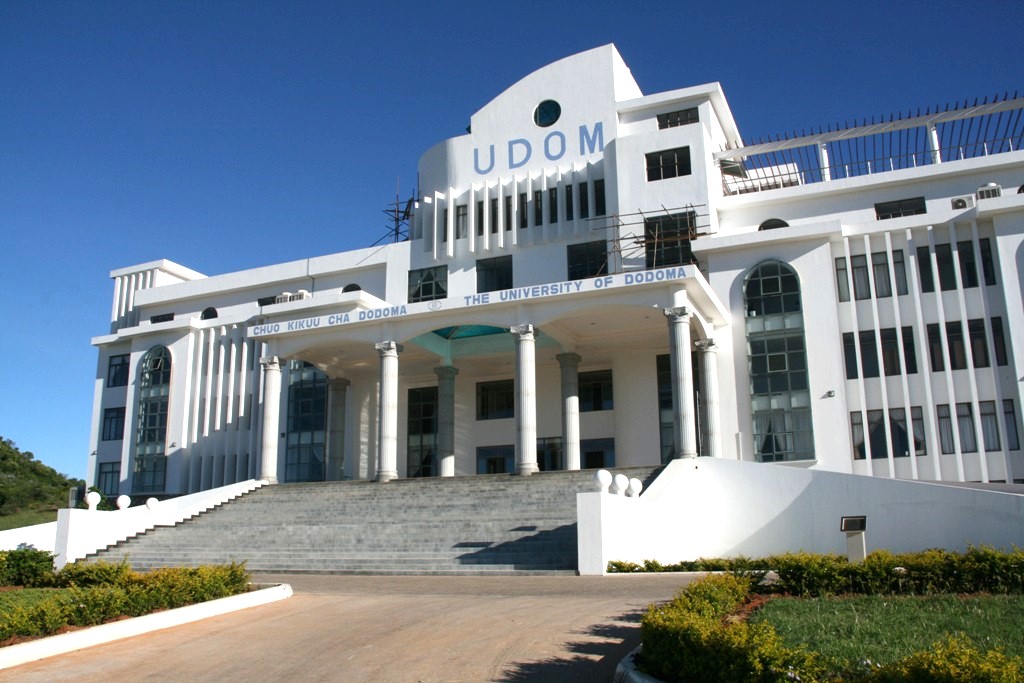Tindiret Sub-County in Kericho County has unveiled education reforms, shifting from merely getting children into classrooms to ensuring they receive a holistic and all-round education.
This was revealed by Sub-County Education Officer Daniel Kiptoo, who said that despite the challenges, they are ready to revolutionise the sector.
“Our goal is not just to have every child in school, but to ensure they receive quality education that empowers them to thrive in life,” said Kiptoo.
Currently, Tindiret has 65 public primary schools and 18 secondary schools, supported by several private institutions.
Kiptoo noted that enrolment has improved significantly over the years, largely due to increased awareness among parents and supportive government policies such as Free Primary Education.
“More families are embracing the importance of education, and encouragingly, more girls are staying in school compared to previous years,” he said.
Despite these positive strides, the sub-county continues to face notable challenges. Infrastructure remains a major concern, with many schools still lacking adequate classrooms, toilets, and basic learning materials.
“We have schools where learners are still studying under trees or in overcrowded makeshift classrooms,” Kiptoo observed.
ALSO READ:
Parents in Kisii appeal to TSC to post more teachers to institution hit by shortage
In many secondary schools, science laboratories are either incomplete or nonexistent, hampering the delivery of practical lessons.
A shortage of teachers has also strained the education sector, forcing many educators to handle large classes and limiting their ability to provide individualized attention.
“This is especially problematic in early grade levels, where children need close guidance to develop strong foundational skills,” he noted.
Low transition rates from primary to secondary school also remain a concern. While enrolment in early education is relatively high, many learners fail to progress due to poverty, early pregnancies, child labour, and long distances to school.
“Some students trek for more than 10 kilometres to school, and that alone discourages many from continuing,” Kiptoo explained.
Academic performance in national examinations continues to fall below county and national averages, which he attributes to poor learning environments, inadequate teaching materials, and minimal parental involvement, particularly in rural areas.
Limited access to digital learning resources further compounds the problem, with most schools lacking computers and internet connectivity.
ALSO READ:
Brace yourselves for a long varsity strike, UASU warns students
Despite these challenges, the SCEO expressed optimism about the sub-county’s educational future.
“We are already seeing change. More children are staying in school, and communities are becoming more involved in education matters,” said Kiptoo.
He added that efforts are being made to strengthen school governance through training for Boards of Management and encouraging greater parental participation in school activities.
According to Kiptoo, community involvement will be key to sustaining the gains and ensuring that education becomes a shared responsibility.
“We are not where we want to be yet, but we are headed there — and with the right support, we will get there,” he concluded.
With ongoing investments, strategic partnerships, and dedicated leadership, Tindiret Sub-County remains hopeful that the dream of quality education for every child is well within reach.
He said that the projects being implemented by the Ministry of Education, in partnership with the county government and development partners, include Construction of new classrooms, recruitment of additional teachers, Provision of bursaries to needy students, and establishment of more day secondary schools to reduce dropout rates to improve education outcomes.
By KIMUTAI LANGAT
You can also follow our social media pages on Twitter: Education News KE and Facebook: Education News Newspaper for timely updates.
>>> Click here to stay up-to-date with trending regional stories
>>> Click here to read more informed opinions on the country’s education landscape






